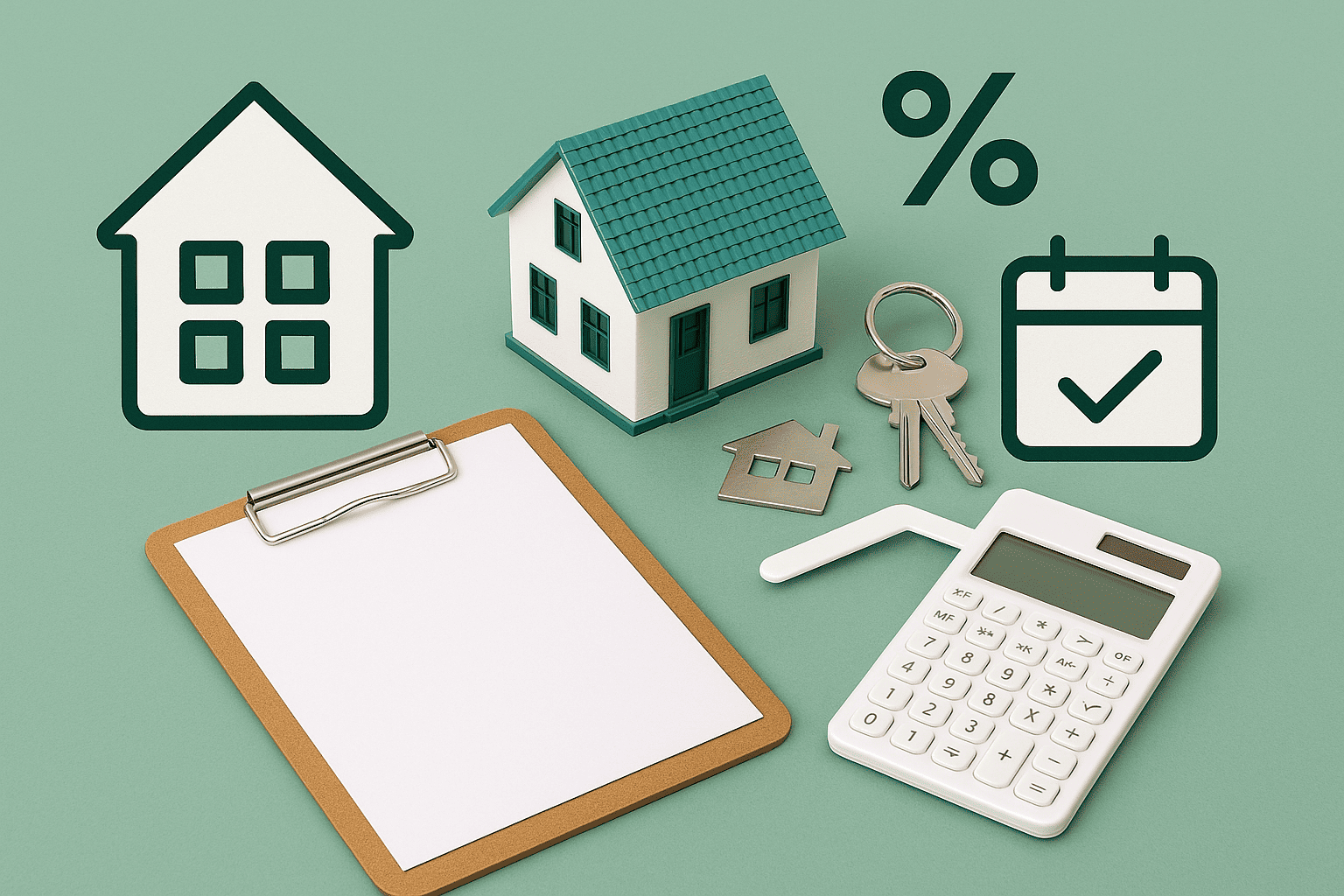
What is a mortgage statement?
A mortgage statement, also called a financing statement, is a written document confirming whether you can (partially or fully) finance a home with a mortgage. It is issued by a mortgage advisor, intermediary, or bank.
It’s based on an initial assessment of your financial situation. It’s not a binding offer from a lender, but it does show you’re serious about buying.
What does a mortgage statement include?
A mortgage statement typically includes:
- The name of the applicant (you and/or your partner).
- The maximum loan amount, based on your gross income, fixed expenses, debts, etc.
- The name of the institution issuing the statement.
- A note that it’s an estimate, subject to final approval.
This statement is based on a basic income and risk assessment. This often includes documents like your payslip, employer statement, or pension overview. It also considers your fixed expenses, credit registrations (BKR), any debts, and the current mortgage interest rate.
Note: A mortgage statement is not a binding mortgage offer. It’s an informed estimate. You’ll only receive a binding offer after a second, more thorough check when you’re ready to buy.
Why is a mortgage statement important?
The housing market is competitive, and homes sell fast. Sellers want to be sure that you’re a serious buyer who can afford the property. A mortgage statement helps by:
-
Demonstrating your financial reliability
-
Increasing the chances your offer will be accepted
-
Speeding up the buying process
Note: Many agents and sellers take offers with a financing statement more seriously than those without.
What are the benefits of a mortgage statement?
You already saw a few, but to summarize:
-
Stronger negotiating position: You're financially prepared, which reduces the risk for the seller.
-
Faster decision-making: You know roughly what you can borrow, so you’re ready to act quickly when needed.
-
Clarity for both you and the seller: You avoid surprises and focus on homes within your budget.
-
Lower chance of rejection: Especially for in-demand homes, buyers with a financing statement are often preferred.
Is a mortgage statement mandatory?
Legally, a financing statement is not required. But in practice, it’s:
-
More and more often requested by selling agents
-
Sometimes mandatory to place an offer
-
Often part of the application process for new-build projects
When signing a purchase agreement, the seller may also require you to submit a statement within a few days to confirm your financial situation.
When should you get a mortgage statement?
It’s smart to arrange a mortgage statement before you start placing offers. That way, you can act quickly if you find a home you like. You can request it:
-
After an initial consultation with a mortgage advisor
-
From your bank or an online mortgage comparison tool
-
Sometimes through your buying agent or financial planner
What documents are needed?
- ID/passport
-
Recent payslip
-
Employer statement
-
Bank statements
-
Overview of financial obligations, such as loans or student debt
-
Optional: property valuation report
How does a financing statement compare to a mortgage offer?
-
Financing statement: An estimate of how much you can borrow. Not legally binding.
-
Preliminary mortgage offer: A first offer with conditions. Not yet legally binding.
-
Final mortgage offer: A binding agreement stating the loan amount and terms.
Tip: If you’ve received a financing statement but not yet a final mortgage offer, always include a financing clause in the purchase agreement. This allows you to withdraw from the purchase, at no cost, if the mortgage is ultimately not approved within the agreed period.